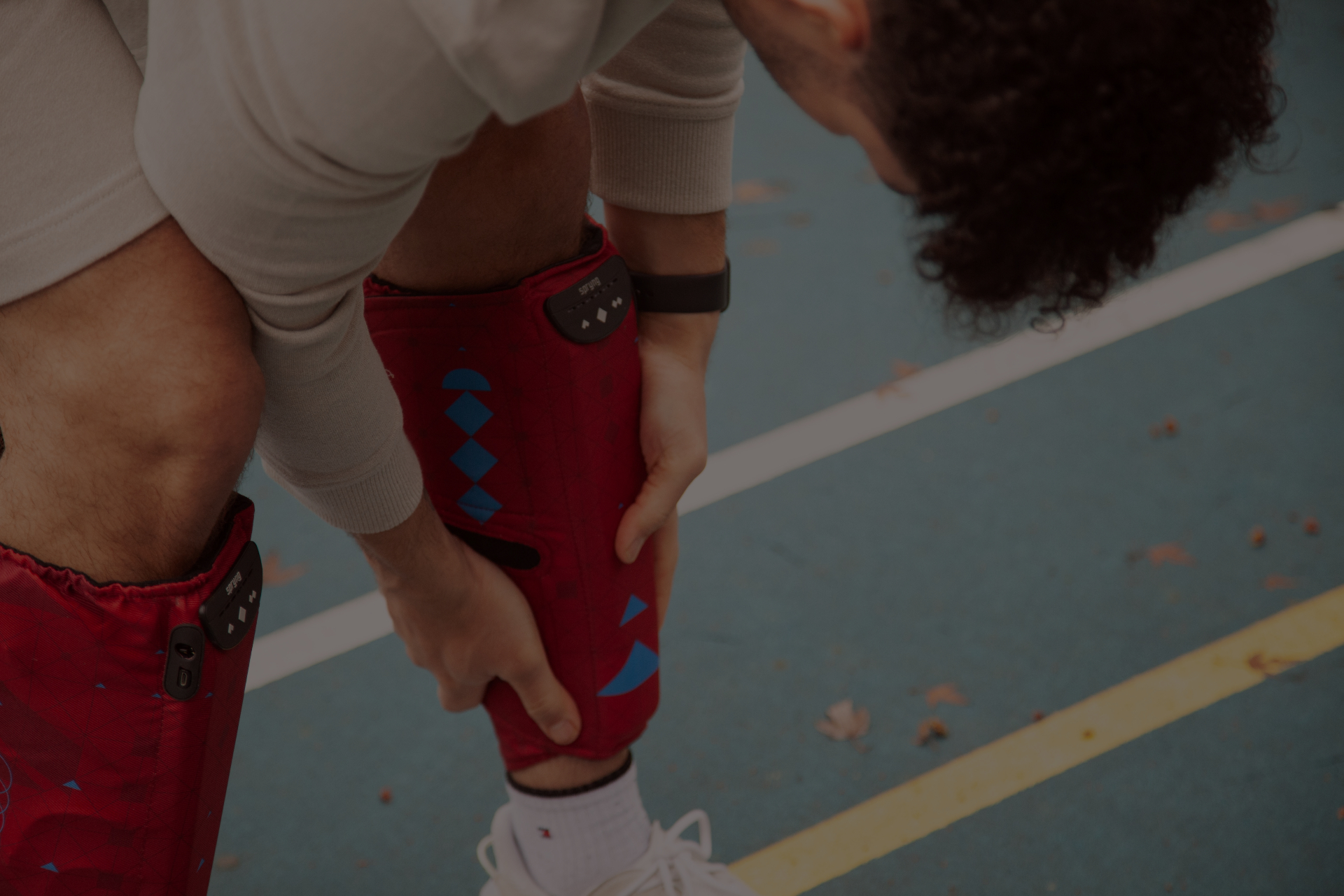About Us
Call or text 205-757-7432 for an appointment
Virtual appointments available!
We measure and fit all compression garments. We offer ready to wear and specialize in custom made compression garments We offer a fit guarantee on our products however, we do not offer refunds.
Lymphedema
Lymphedema refers to tissue swelling caused by an accumulation of protein-rich fluid that's usually drained through the body's lymphatic system. It most commonly affects the arms or legs, but can also occur in the chest wall, abdomen, neck and genitals. Lymph nodes are an important part of your lymphatic system. Lymphedema can be caused by cancer treatments that remove or damage your lymph nodes. Any type of problem that blocks the drainage of lymph fluid can cause lymphedema. Severe cases of lymphedema can affect the ability to move the affected limb, increase the risks of skin infections and sepsis, and can lead to skin changes and breakdown. Treatment may include compression bandages, massage, compression stockings, sequential pneumatic pumping, careful skin care and, rarely, surgery to remove swollen tissue or to create new drainage routes.
Edema
Edema is swelling caused by excess fluid trapped in your body's tissues. Although edema can affect any part of your body, you may notice it more in your hands, arms, feet, ankles and legs. Edema can be the result of medication, pregnancy or an underlying disease — often congestive heart failure, kidney disease or cirrhosis of the liver. Taking medication to remove excess fluid and reducing the amount of salt in your food often relieves edema. When edema is a sign of an underlying disease, the disease itself requires separate treatment. Products & Services
Deep vein thrombosis (DVT)
Deep vein thrombosis occurs when a blood clot (thrombus) forms in one or more of the deep veins in your body, usually in your legs. Deep vein thrombosis can cause leg pain or swelling but also can occur with no symptoms. You can get DVT if you have certain medical conditions that affect how your blood clots. A blood clot in your legs can also happen if you don't move for a long time, such as after you have surgery or an accident, when you're traveling a long distance, or when you're on bed rest. Deep vein thrombosis can be very serious because blood clots in your veins can break loose, travel through your bloodstream and get stuck in your lungs, blocking blood flow (pulmonary embolism). However, pulmonary embolism can occur with no evidence of DVT. When DVT and pulmonary embolism occur together, it's called venous thromboembolism (VTE).
Peripheral artery disease
Peripheral artery disease (also called peripheral arterial disease) is a common circulatory problem in which narrowed arteries reduce blood flow to your limbs. When you develop peripheral artery disease (PAD), your legs or arms — usually your legs — don't receive enough blood flow to keep up with demand. This may cause symptoms, such as leg pain when walking (claudication). Peripheral artery disease is also likely to be a sign of a buildup of fatty deposits in your arteries (atherosclerosis). This condition may narrow your arteries and reduce blood flow to your legs and, occasionally, your arms.
Low Blood Pressure
Orthostatic hypotension is a condition in which your blood pressure quickly drops when you stand up from a sitting or lying position. This low blood pressure (also called postural hypotension) can make you feel dizzy or faint.

